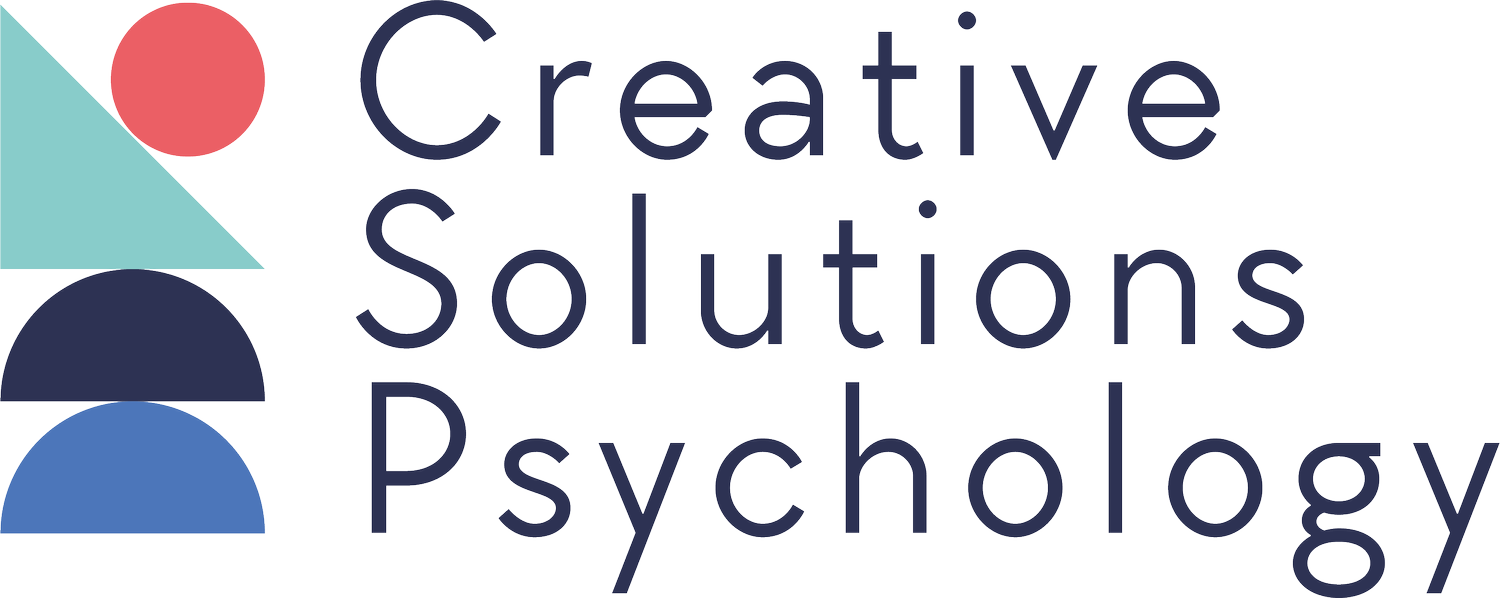Working Memory in the Classroom
Working memory plays a crucial role in the learning process in the classroom. Research has shown that working memory is a better predictor of learning progress than IQ (Intelligence Quotient). Therefore it is crucial to consider how our understanding of working memory must be incorporated into teaching and learning in schools and at home.
This article will provide an overview of:
What working memory is
How working memory plays a role in the classroom (whether you teacher reception age children or college students)
What are common signs of a child or young person who has working memory difficulties
How you can adapt your teaching to account for this crucial aspect of children’s cognition
As an Educational Psychologist, many of the children I support struggle with working memory. Working memory difficulties are very common in children and young people and these skills continue to develop until our mid twenties - so there is plenty of room for growth and development.
What is working memory?
In the simplest terms, working memory is the ability to keep information in mind in the face of distraction.
How does working memory influence learning?
Every lesson, at multiple points, will require students to hold things in mind while performing a task. For example, holding instructions in mind while carrying out those instructions, holding a sentence in mind while trying to recall spellings of individual words, holding a number in mind while trying to manipulate that number and recall the taught method to do so, and so on. The more a student has to hold in mind, and the more manipulations need to be done with the information, the greater the strain on their working memory. We all have a limit to our working memory capacity, and for some students, that limit might currently be ‘one’ chunk of information at a time. Therefore many of the tasks described above might prove very difficult, impacting all areas of learning.
What are common signs of a child or young person who struggles with working memory?
Children and young people people with working memory difficulties are likely to:
Have difficulties holding instructions in mind,
Have difficulties remembering steps of the task and remembering which step is next,
Have spelling difficulties,
Struggle to work independently, without adult support and prompting,
Have difficulties remembering mathematics procedures,
Difficulties with the recall of information,
Might put up their hand to answer a question and forget what they wanted to say once asked,
Appear lost, unmotivated or fatigued.
What can teachers and parents do to support a child or a young person with their working memory?
Research shows that children's games and interventions aimed at improving working memory don’t transfer their benefits into the classroom. It is much more effective to adapt teaching methods and support pupils to develop their own strategies to manage their working memory. Principles of supporting working memory include:
Evaluating working memory loads,
Reducing working memory loads,
Repeating and re-presenting important information,
Encouraging the use of memory aids,
Developing the child’s own strategies.
References
Alloway, T. P. (2008). Working Memory Rating Scale (WMRS): Manual. Pearson Education.
Dunning, D.L., Holmes, J., & Gathercole, S.E. (2013). Does working memory training lead to generalized improvements in children with low working memory? A randomised control trial. Developmental Science, 16, (6) 915-925.
Gathercole, S. E., & Alloway, T. P. (2007). Understanding working memory: A classroom guide. Lontoo: Harcourt Assessment.
Holmes, J., & Gathercole, S.E. (2014). Taking working memory training from the laboratory into schools. Educational Psychology, 34, (4) 440-450.
Holmes, J., & Gathercole, S.E. (2009). Adaptive training leads to sustained enhancement of poor working memory in children. Developmental Science, 12, (4) 9-15.
